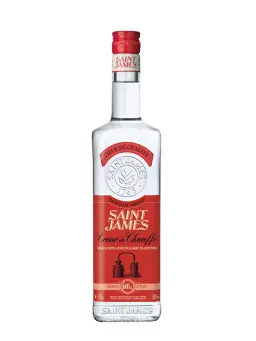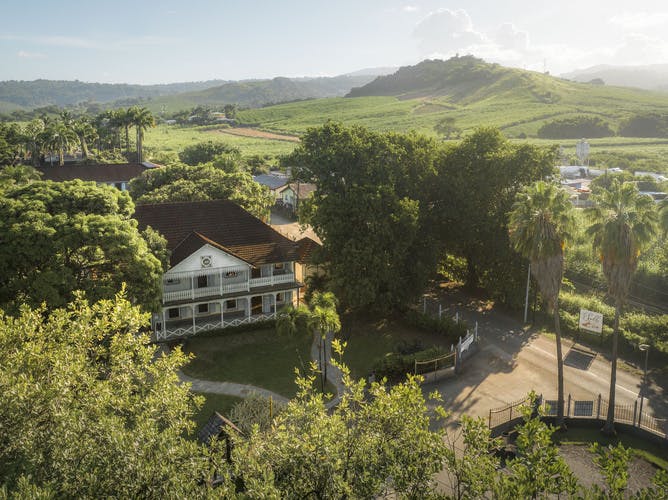
Since 1765, Saint James has been crafting exceptional rums. A pioneer in the prestigious Martinique Appellation d’Origine Contrôlée (AOC), it embodies excellence. In this article, we trace the history of one of the oldest distilleries in Martinique.
In 1765, Reverend Father Edmond Lefébure decided to build a rum distillery on the heights of Saint-Pierre. At the Trou-Vaillant sugar estate, he began producing a sugarcane tafia, known at the time as guildive.
Rather than naming his rum after Trou-Vaillant, Father Lefébure chose Saint-James, after an English admiral who had lived in Saint-Pierre. This name also served as a way to market his rum more easily to New England colonists.
At that time, the import of rum into mainland France was prohibited in order to protect metropolitan brandies from competition.
The Saint-James name, easily recognizable to the English, helped facilitate the sale of his rum to New England colonists.

Portrait of Jean-Baptiste Labat (©André Bouys and C. Mathey)
From the heights of Saint-Pierre to worldwide fame: the story of Saint-James
Over a century later, in 1890, Paulin Lambert, a Marseille-based merchant specializing in Jamaican rum, took a strong interest in Martinican rum production and purchased several estates, including Trou-Vaillant, after registering the “Saint-James” trademark in 1882.
Lambert also introduced the square, flat-bottomed bottle, a design that still defines the brand’s image today.
Moreover, he became one of the very first entrepreneurs to use advertising to market a bottled alcoholic beverage.
He leveraged every communication tool available at the time, catalogues, posters, cards, and more. His lead over competitors was such that it allowed him to position Saint-James as the leading Martinican rum and export it to mainland France as well as various global markets.
Upon his death in 1905, his son Pierre and his nephew Ernest continued to develop the brand, whose sales reached 2 million litres by 1947.
The revival of the Saint-James distillery in the 20th century
In 1902, Mount Pelée erupted, destroying much of northern Martinique. The plantations around Saint-Pierre were wiped out, but the Saint-James distillery was partially spared and resumed rum production by 1905.
A few years later, during World War I, the Saint-James distillery took advantage of the context to increase its rum production, which was used for gunpowder manufacturing, as a disinfectant, and for soldiers’ consumption.
At the end of the war, and after several financially difficult years, Plantation Saint-James filed for bankruptcy in 1958, only to be reborn under the name Nouvelle Société Plantations Saint-James.
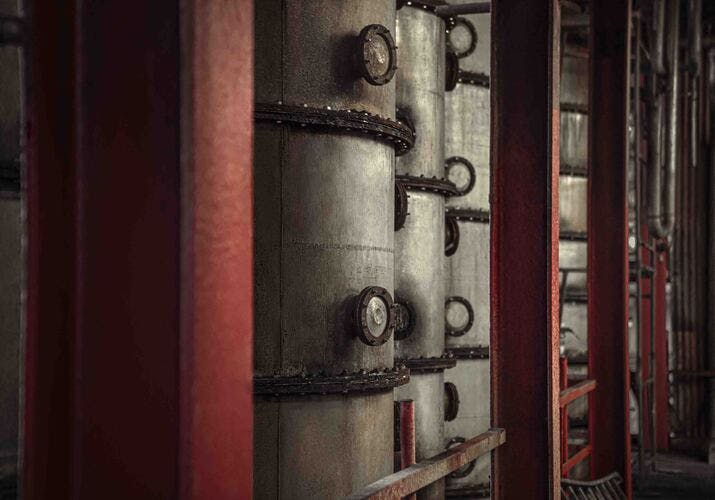
In 1967, the company was taken over by Picon, its French importer, and the Despointes family, owners of the Sainte-Marie sugar factory, which was then converted into a distillery.
In 1971, Picon and the Sainte-Marie distilleries were acquired by the French group Rémy Cointreau. The land and industrial equipment of Trou-Vaillant were sold.
On December 23, 1974, the new distillery and aging cellar were inaugurated in the presence of Jacques Chirac, then Prime Minister.
In 2003, the group La Martiniquaise acquired Saint James from Rémy Cointreau. The past 40 years of Saint James’ history have been shaped by its managing director, Jean-Claude Benoit, a leading figure in the world of agricultural rum.
He was among those who worked the hardest to secure the Martinique Appellation d’Origine Contrôlée (AOC) for agricultural rum, successfully maintaining a level of excellence that is rarely matched.
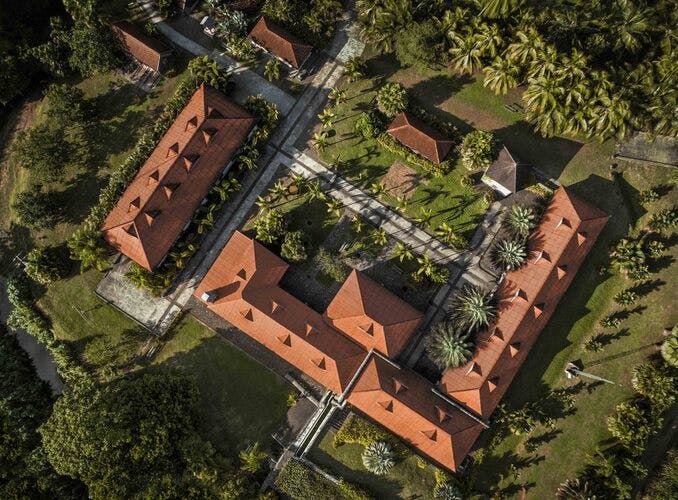
Today, Saint James is the largest distillery in Martinique. Its 275 hectares of estate land allow it to cover 90% of its sugarcane needs. Fermentation takes place in 24 tanks of 45,000 litres each and lasts an average of 36 hours. Distillation is carried out in six Creole columns made of stainless steel and copper, equipped with copper retrogradation condensers.
The Saint James range is the widest and most complete in Martinique, and arguably in the entire Caribbean. Since 1996, Saint James has been actively involved in the creation of the Martinique AOC, which highlights the distinctive character of Martinican agricultural rum.
Discover three rums from the Saint-James distillery
SAINT JAMES Brut de Colonne Bio Récolte 2021
Distilled using the traditional Creole column method, the Organic Brut de Colonne Rum from SAINT JAMES comes from a parcel selection of sugarcane harvested at full maturity and cultivated under organic farming for several years. Its complex character, combined with exotic smoothness, reveals all the fresh, vegetal notes of the cane, enhanced by touches of candied citrus.
SAINT JAMES Coeur de Chauffe
The Cœur de Chauffe from Saint James embodies Martinican tradition. This rum, drawn from the heart of the distillation in a pot still, stands out for its great aromatic finesse, dominated by floral and fresh cane notes, with a subtle touch of juniper. Although it cannot claim the Martinique AOC, as it is not distilled in a Creole column, it is certified by the French Antilles GI.
SAINT JAMES XO
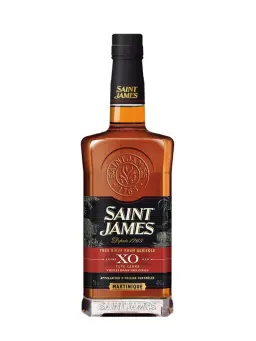
56.9 €
SAINT JAMES XO
This very old XO agricultural rum has already established itself as an emblematic cuvée of the Distillery. Aged for at least 6 years in a tropical climate in our cellars, it has been refined in carefully selected ex-Bourbon refill casks. This cuvée is the result of a selection of old rums aged between 6 and 10 years.
TO DISCOVER RUM FURTHER
La Maison du Whisky has three boutiques in Paris:
In each of these boutiques, you'll find a wide selection of whiskies, rums, sakes, and other fine spirits.
Follow our tasting calendar for upcoming events, or visit the Golden Promise Whisky Bar, which offers an extensive selection of whiskies and other spirits by the glass.
You can also discover the best rum based cocktails.

